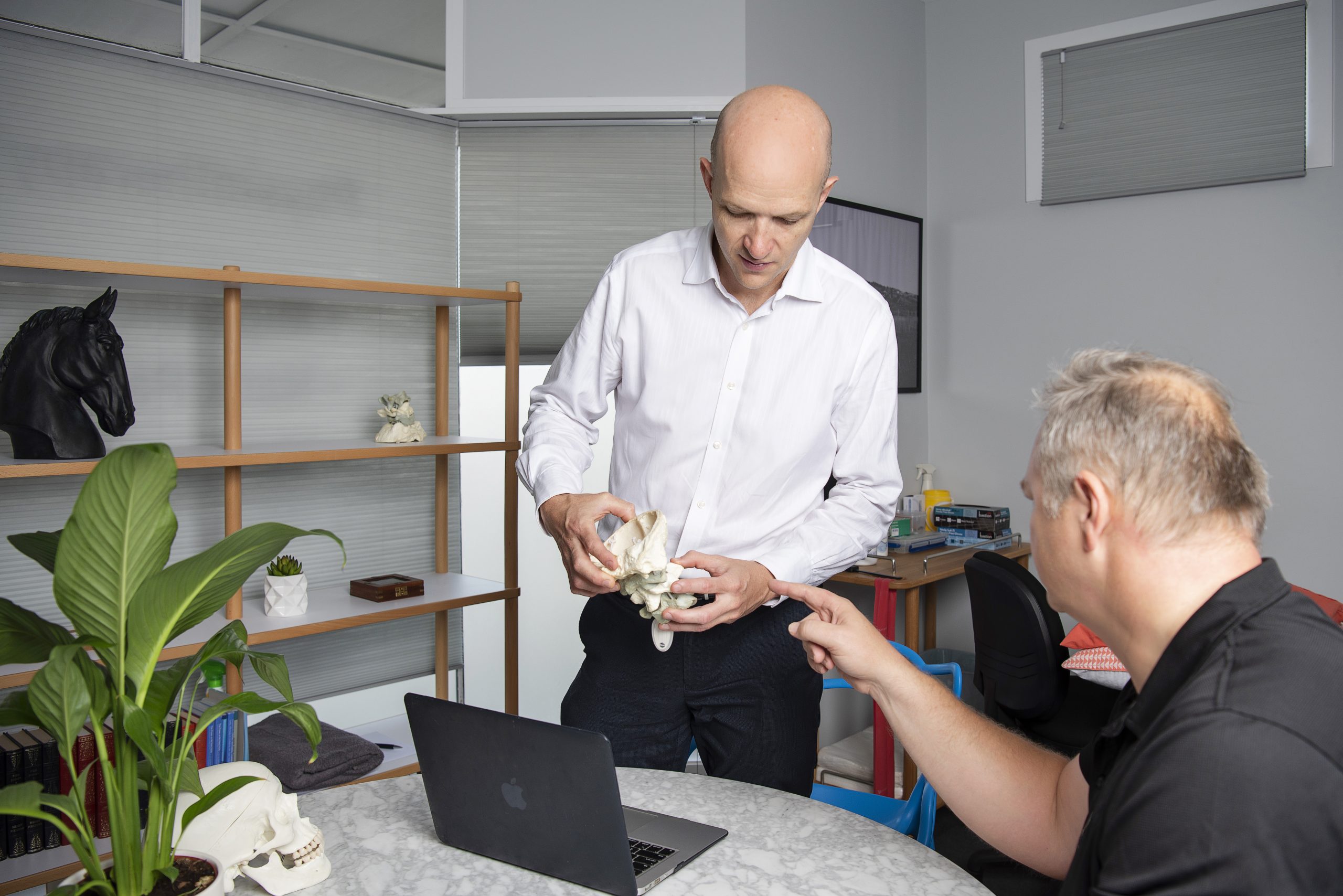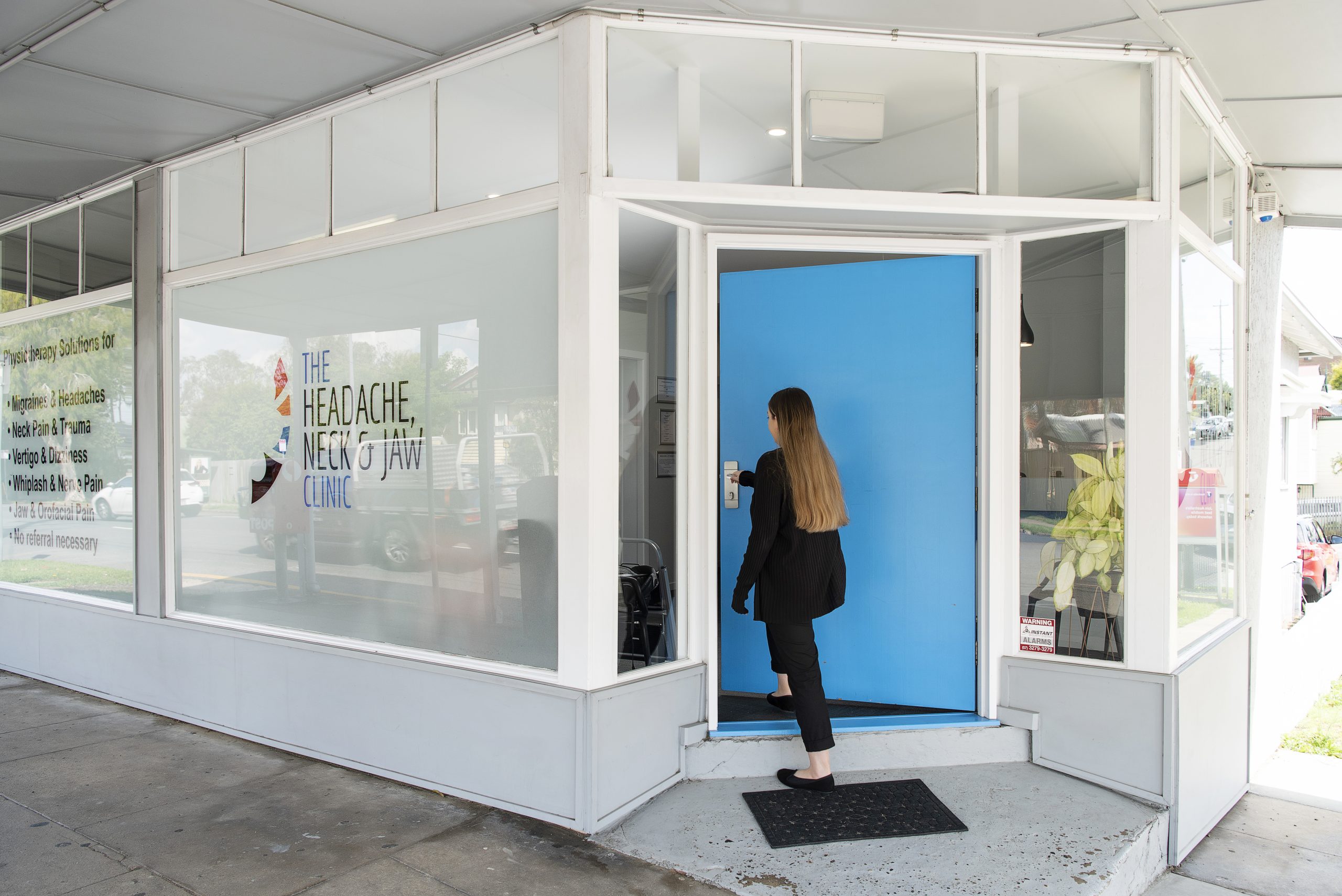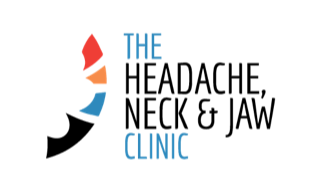Case Study: Anteriorly Displaced Disc Without Reduction

Referring a Patient? - Click Here
The purpose of this case study is to illustrate an example of how a common orthopaedic presentation that traditionally may have been treated symptomatically, can be treated dynamically with positive results. Literature will show that a persistent anteriorly displaced disc without reduction lasting longer than 12 months will respond poorly to surgical management (arthrocentesis) or physiotherapy management and is often referred for occlusal splint management with the goal of pain minimization and prevention of progression of the disease. This case study will show that a combination of surgical and musculoskeletal treatment can create a change in pain, range and function for a condition that traditionally has a poor prognosis.
Clinical problem
FT presented to physiotherapy in September 2016 complaining of a 12 month history of jaw pain and locking caused innocuously by a yawn. Her jaw has been restricted and painful and had not spontaneously reduced for any period of time over the 12 months. She reported pain on chewing and yawning and aching at the end of the day depending on how much she used her jaw. Her reason to seek treatment was that she was beginning to get associated headaches and an increase in pain over the last 3 months. FT was fit and well otherwise and had no other health complications. She worked in the medical field herself and has other medically orientated family members.
Evaluation, Diagnosis and Management
Objectively FT had 26mm of depression with a marked deflection to the right. She had no right condylar translation and very poor proprioceptive awareness or strength in her right pterygoid muscles. This was reflected in her lateral excursion range of motion which was only 1mm to the left and 11mm to the right. She was exquisitely tender to palpate in her masseter, temporalis and posterior joint line and her upper cervical spine could also replicate her headache pain. Her hyoid was elevated and shifted right as a response to tongue thrusting compensation and would elicit a coughing response on palpation. Her left condyle seemed viable. Our provisional diagnosis was an unreduced anteriorly displaced disc with probable scar tissue adhering. She was referred by an Oral and Maxillofacial surgeon who shared the clinical diagnosis.
Initially, FT did not respond to treatment. We began with capsule stretches to restore the joint space, pterygoid strengthening and awareness exercises, masseter releases, postural awareness, hyoid mobilization and disc reduction techniques. We continued with this protocol over 3 treatments and FT showed the bare minimum change in range of motion to justify continuing treatment. She recovered her opening range to 34mm and 6mm of lateral excursion, but was still being woken by headaches and her jaw pain was still significantly limiting her ability to chew and yawn. Over the next fortnight, we changed our treatment approach to include heavier capsule stretches in the clinic and at home, but FT showed no further improvement.
Surgical Review and Failure to Progress
After 5 sessions, I referred FT back to her Oral and Maxillofacial surgeon with a request to perform an arthrocentesis of her right jaw to restore range of motion, rather than opt for an occlusal splint. The Maxillofacial surgeon had previously considered and dismissed this as an option due the extensive timeframe FT had suffered her dysfunction. The Gold Standard criteria for considering an arthrocentesis as a first choice treatment for insidious onset acute closed lock is symptoms present for less than 6 weeks. Statistical analysis shows a significant decrease in success based on how long the disc has been displaced, and at 12 months, FT was considered an undesirable candidate. However, based on the commitment that FT had to her physiotherapy and exercises, Dr SB performed a standard arthrocentesis of her right jaw in early December, 15 months after her initial injury. Dr SB noted that he could reduce her disc but even under general anesthetic, couldn’t get full range of motion of her jaw.
Post-Surgical Management
FT attended her first post op physio session (6th session overall) on day 2 and on reassessment, had 32mm of depression still with a deflection to the right and 3mm of left lateral excursion. She reported significantly reduced pain, which was hard to evaluate as it may have simply been a reduction in inflammation from the cortisone component of the arthrocentesis. We redirected exercises to muscle control and strength and continued capsule stretches using distraction. At the end of our first post op treatment session, FT had 35mm of straight line opening indicating a restoration of translation, but not necessarily a reduction of her disc. Although her post-treatment range was the same, she showed a significant reduction of her deflection. Treatment continued focusing on strength and capsule stretches, and was initially slow.
FT’s range increased to 37mm and pain levels decreased noticeably when we introduced dry needling (DN) in her 9th session. At this point, her jaw began to exhibit a reciprocal click on opening and closing indicating a reduction of her disc on movement. She reported a steady decrease in her headaches at this point and she began to respond more favourably to stretching and started improving in larger increments each treatment session. She continued with her exercises during this phase and although her range was greater than 40mm for the first time, she was still weak in her lateral movements, indicating her pterygoid still wasn’t activating to stabilize her disc.
Strength Training
At FT’s 11th treatment session, we changed her exercises from mirror based self-resistance exercises to food based functional exercises due to the fact her strength wasn’t progressing. We started using gum to emphasis biting with different teeth and using her tongue to pick up and mobilise the gum accurately in her mouth from tooth to tooth. We added lateral excursion exercises holding blueberries or grapes between her front teeth and instructed her to bite firmly into the grape/blueberry and roll it side to side or front to back without breaking the skin of the grape/blueberry. This was met with great success and after 2 weeks of doing so, FT could bite pain-free into an apple off its core, an action she was previously unable to do. This increase in strength corresponded with an increase in her pre-treatment range of motion to approx. 40mm
As of her 13th treatment session, Fiona had 44mm of opening, 9mm of lateral excursion left and 11mm right. Her right jaw translates with crepitus as she opens relatively straight, but no longer has a reciprocal click suggesting we have created a relationship between her disc and jaw position again. We are continuing to work to maintain the relationship of the disc and jaw with a combination of proprioceptive and strength exercises, generating good postural awareness to avoid clenching or actions that puts compressive force on the disc, capsular stretches to maintain the vertical height of the joint.
Conclusion
Although FT attributes the change in her function to DN, ultimately the arthrocentesis was the reason we were able to progress her treatment. Without the surgical intervention, evidence suggests it would have been unlikely (even with DN) that we could have progressed past 35mm of opening. Also an arthrocentesis without the ongoing exercises would probably have been ineffective as FT was not rewarded with progress until 3 weeks after her procedure. Without guidance, it would have been likely that the cortisone would have run its course and the scar tissue would have returned as the disc was still displaced.
This case study suggests a collaboration between Oral and Maxillofacial surgeons and experienced jaw physiotherapists* to consider the role of arthrocentesis in the management of acute closed locks should be reviewed.
*All treatment was administered by either myself or Scott Cook, who have over 20 years combined experience treating jaws. We have worked exclusively with jaw dysfunction and headaches only for the last 5 years and have extensive knowledge of the biomechanics of the jaw, properties of disc and neural tissue in the jaw and relationship of the jaw and neck and occlusion. We both lecture to UQ and Griffith Uni Physiotherapy School and also the UQ Dental School. Scott is a published author.
Headache, Neck & Jaw Conditions We Treat
Our Brisbane clinics specialise in the treatment of head, neck and jaw conditions, many of which are notoriously difficult to treat. If you’re experiencing symptoms of any of the following problems, our team has the expertise and training to help.
Headaches
Migraines
Jaw and Orofacial Pain
Neck Pain and Trauma
Whiplash and Nerve Pain
Vertigo & Dizziness
Tinnitus
Singing / Vocal
Therapy
Book an Appointment
If you’re experiencing pain or discomfort then don’t put it off - contact our friendly team today to make an appointment with one of our expert physiotherapists.
Book Your Appointment Now!
Get in touch with us today for more information on our services or to make an appointment with our friendly team.

